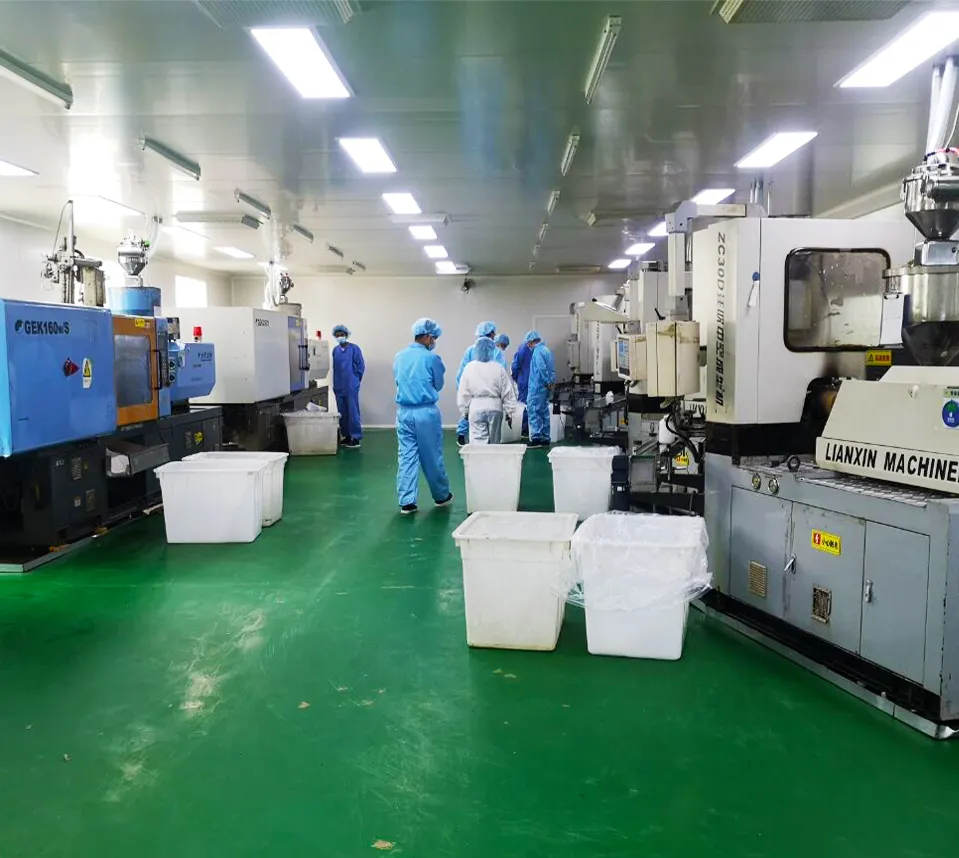
-
 Afrikaans
Afrikaans -
 Albanian
Albanian -
 Amharic
Amharic -
 Arabic
Arabic -
 Armenian
Armenian -
 Azerbaijani
Azerbaijani -
 Basque
Basque -
 Belarusian
Belarusian -
 Bengali
Bengali -
 Bosnian
Bosnian -
 Bulgarian
Bulgarian -
 Catalan
Catalan -
 Cebuano
Cebuano -
 Corsican
Corsican -
 Croatian
Croatian -
 Czech
Czech -
 Danish
Danish -
 Dutch
Dutch -
 English
English -
 Esperanto
Esperanto -
 Estonian
Estonian -
 Finnish
Finnish -
 French
French -
 Frisian
Frisian -
 Galician
Galician -
 Georgian
Georgian -
 German
German -
 Greek
Greek -
 Gujarati
Gujarati -
 Haitian Creole
Haitian Creole -
 hausa
hausa -
 hawaiian
hawaiian -
 Hebrew
Hebrew -
 Hindi
Hindi -
 Miao
Miao -
 Hungarian
Hungarian -
 Icelandic
Icelandic -
 igbo
igbo -
 Indonesian
Indonesian -
 irish
irish -
 Italian
Italian -
 Japanese
Japanese -
 Javanese
Javanese -
 Kannada
Kannada -
 kazakh
kazakh -
 Khmer
Khmer -
 Rwandese
Rwandese -
 Korean
Korean -
 Kurdish
Kurdish -
 Kyrgyz
Kyrgyz -
 Lao
Lao -
 Latin
Latin -
 Latvian
Latvian -
 Lithuanian
Lithuanian -
 Luxembourgish
Luxembourgish -
 Macedonian
Macedonian -
 Malgashi
Malgashi -
 Malay
Malay -
 Malayalam
Malayalam -
 Maltese
Maltese -
 Maori
Maori -
 Marathi
Marathi -
 Mongolian
Mongolian -
 Myanmar
Myanmar -
 Nepali
Nepali -
 Norwegian
Norwegian -
 Norwegian
Norwegian -
 Occitan
Occitan -
 Pashto
Pashto -
 Persian
Persian -
 Polish
Polish -
 Portuguese
Portuguese -
 Punjabi
Punjabi -
 Romanian
Romanian -
 Russian
Russian -
 Samoan
Samoan -
 Scottish Gaelic
Scottish Gaelic -
 Serbian
Serbian -
 Sesotho
Sesotho -
 Shona
Shona -
 Sindhi
Sindhi -
 Sinhala
Sinhala -
 Slovak
Slovak -
 Slovenian
Slovenian -
 Somali
Somali -
 Spanish
Spanish -
 Sundanese
Sundanese -
 Swahili
Swahili -
 Swedish
Swedish -
 Tagalog
Tagalog -
 Tajik
Tajik -
 Tamil
Tamil -
 Tatar
Tatar -
 Telugu
Telugu -
 Thai
Thai -
 Turkish
Turkish -
 Turkmen
Turkmen -
 Ukrainian
Ukrainian -
 Urdu
Urdu -
 Uighur
Uighur -
 Uzbek
Uzbek -
 Vietnamese
Vietnamese -
 Welsh
Welsh -
 Bantu
Bantu -
 Yiddish
Yiddish -
 Yoruba
Yoruba -
 Zulu
Zulu
Five Practical Applications for Reagent Bottles in Laboratory Settings
Five Essential Uses of Reagent Bottles in Laboratories
Reagent bottles are indispensable tools in laboratories across various scientific disciplines. Their primary function is to store and dispense chemical solutions and reagents, ensuring that they remain uncontaminated and easily accessible for various experiments. This article explores five essential uses of reagent bottles in laboratory settings, highlighting their importance in scientific research and education.
1. Storage of Chemical Solutions
One of the most fundamental uses of reagent bottles is the storage of chemical solutions. Laboratories often require various solvents, acids, and bases for experiments, and reagent bottles provide a reliable means of containing these substances. Made from materials like glass or high-density polyethylene, these bottles can effectively withstand the corrosive nature of many chemicals. Proper labeling of these bottles helps prevent accidental misuse and ensures that researchers can quickly identify contents, which is critical for safety and efficiency in the lab.
2. Dispensing Reagents
Reagent bottles are designed for easy dispensing, allowing scientists to measure out precise quantities of chemicals for their experiments. Many bottles are equipped with a dropper or a dispensing nozzle, which helps in controlling the flow of the liquid, thus reducing the chance of spills and contamination. This feature is particularly important when working with volatile or hazardous materials, where accuracy in measurement is paramount. Consequently, reagent bottles facilitate both convenience and accuracy in various laboratory procedures.
5 uses of reagent bottle

In addition to storing reagents, reagent bottles are also used for the preservation of biological samples and chemical mixtures. When research involves sensitive or perishable substances, such as enzyme inhibitors, reagents must be stored in a way that minimizes degradation. Reagent bottles often come with airtight seals that help to protect samples from environmental factors such as air, moisture, and light. This preservation is vital for maintaining the integrity of samples over time, ensuring that experiments yield reliable results.
4. Facilitating Reactions
Reagent bottles can also play a role in facilitating chemical reactions. While they are primarily storage containers, they can be utilized as reaction vessels for small-scale experiments. With appropriate closures and gaskets, some reagent bottles allow scientists to mix, heat, or even cool chemical solutions safely. This versatility makes them suitable for preliminary experiments, where researchers can conduct reactions and observe outcomes before scaling up to larger batches in more specialized equipment.
5. Education and Training
In educational settings, reagent bottles are essential tools for teaching students about chemistry and laboratory techniques. Whether in high school science labs or university research facilities, reagent bottles provide students with hands-on experience in handling chemicals safely. When students learn to identify and properly use reagent bottles, they acquire vital skills for their future careers in science and engineering. Furthermore, understanding the importance of labeling and handling these bottles correctly fosters a strong foundation in laboratory safety protocols.
Conclusion
Reagent bottles serve numerous purposes that are critical to the functioning of laboratories. From storing and dispensing chemicals to preserving samples and facilitating reactions, their versatility and practicality make them essential tools for scientists. Additionally, in educational contexts, they play a significant role in training the next generation of researchers. Whether in a high school science lab or a cutting-edge research facility, the humble reagent bottle remains a vital asset in the pursuit of scientific knowledge and innovation.
-
PTFE Centrifuge Tubes - Chemical Resistant, Leak-proof, Ideal for Laboratory UseNewsJul.05,2025
-
Premium Metal Dropper Bottle for Precise Dispensing 250ml & 1ml Options AvailableNewsJul.04,2025
-
20 ml Headspace Vials - High Quality Polyethylene & Plastic Vials for Lab UseNewsJul.04,2025
-
Small Bottle with Pipette - Precise Dispensing 100ml Pipette Bottles for Essential Oils & Lab UseNewsJun.24,2025
-
Acetic Anhydride Bottle for Accurate Dropper Measurement in Pharmacy Use High-Quality Dropper BottlesNewsJun.10,2025
-
Innovative PET Bottle Design for Juice – Unique Shapes & Customization OptionsNewsJun.10,2025






















